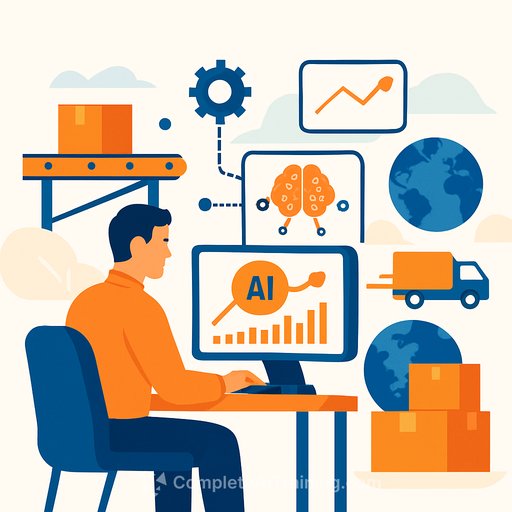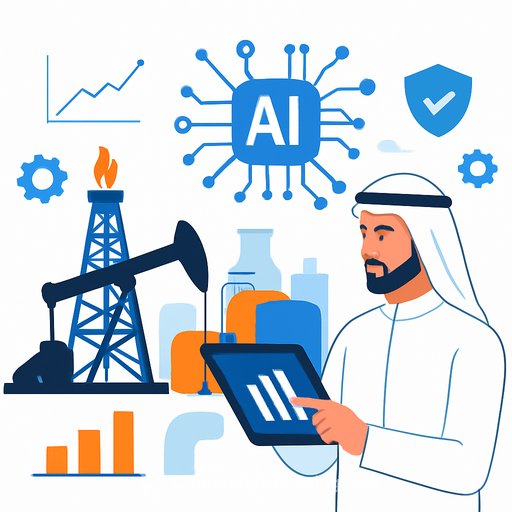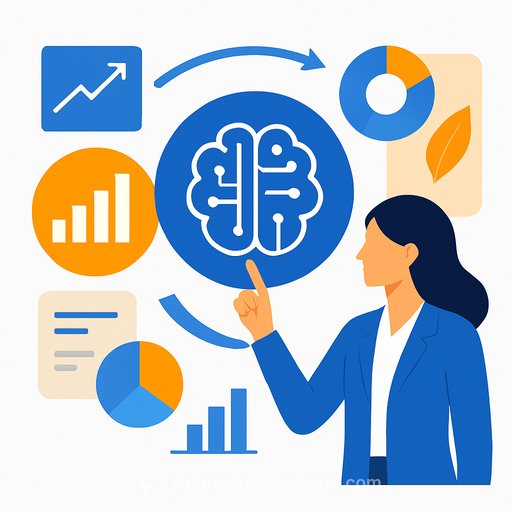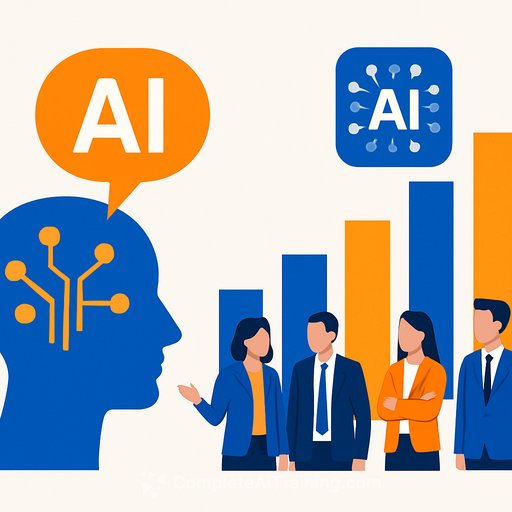The Future of Supply Chain: Embracing Intelligent Transformation
Back in 2005, the idea of a supply chain that could “think for itself” felt like science fiction. Supply chains then were dominated by spreadsheets, outdated ERP systems, and static forecasts. AI was mostly experimental, and generative AI wasn't even a concept. The main focus for many companies was cost arbitrage rather than resilience.
Fast forward to 2025, supply chain transformation is in full swing. Disruptions are no longer occasional; they are constant and systemic. From geopolitical tensions and climate risks to rapid product cycles and unpredictable demand, supply chains must adapt instantly or risk falling behind. This shift isn’t driven only by better data or faster systems—it’s about rethinking how intelligence, operations, and decision-making intersect, powered by advances in artificial intelligence, especially agentic and generative AI.
The most advanced supply chains today are more than efficient—they are intelligent, anticipatory, and self-optimizing.
The Complexity Conundrum
Whether manufacturing semiconductors, consumer electronics, or beverages, supply chain leaders face consistent challenges:
- Operational fragmentation: Businesses operate across many countries with decentralized teams and systems, creating friction despite scale.
- Legacy systems: Aging infrastructure often lacks integration, limiting end-to-end visibility.
- Data disarray: Data exists in abundance but is siloed, unstructured, and underutilized. Decisions often rely on intuition rather than data-driven insights.
- Vulnerability to disruption: Trade policies, pandemic effects, component shortages, and labor issues expose brittle supply chains.
Leaders are no longer focused on optimizing isolated functions like sourcing or inventory. The question now is how to redesign the entire system.
Intelligence at the Core
Reimagining the supply chain starts with embedding intelligence across the entire value chain—from planning and procurement to distribution and aftersales. This goes beyond automating routine tasks. It means building agentic supply chains: interconnected, autonomous agents that perceive, decide, and act with minimal human input.
Consider a global tech services company that inherited more than 30 ERP systems with inconsistent finance and procurement methods after rapid growth through mergers. By integrating AI agents into their order-to-cash and source-to-pay workflows, they reduced cycle times, lowered cost-to-serve, and improved cash flow accuracy.
A standout success was in intelligent dispute resolution. Around 5% of receivables were tied up in customer disputes, taking as long as four months to resolve. AI models trained to detect dispute patterns, suggest actions, and automate workflows cut resolution times by 40%. This was more than an operational improvement—it unlocked significant working capital.
In procurement, AI agents now track supplier performance, flag risks, and recommend alternative sources when disruptions arise. This reduces dependency and boosts agility.
AI at the Edge: Lessons from Japan
Japan’s beverage companies offer a unique example. Managing hundreds of thousands of vending machines involves complex logistics, especially with seasonal demand swings and unpredictable equipment failures.
Previously, service was reactive: machines broke down or ran low, triggering service calls without route or resource optimization. Spare parts often didn’t match actual needs. By embedding intelligence into field operations—connecting IoT data, AI planning, and real-time inventory—this model shifted to predictive and autonomous management.
Downtime dropped, parts usage became more efficient, and service costs declined significantly. Even more important, these companies now see supply chain as a strategic enabler of customer experience and growth, rather than just back-office operations.
Reinventing Supply Chains: Three Priorities
To accelerate intelligent supply chain transformation, organizations should focus on three key priorities:
- Make data a strategic asset. Data—whether structured or unstructured, internal or external—must be unified through “data fabrics” to provide end-to-end visibility. This foundation enables meaningful AI-driven decisions.
- Design for adaptability, not just efficiency. Cost optimization alone is no longer enough. Supply chains need flexibility, multi-sourcing, and intelligent scenario planning. AI can anticipate change and guide proactive responses at scale.
- Build cross-functional intelligence. Agentic AI’s real value comes from connecting finance, operations, customer service, and procurement on shared intelligence. This leads to faster, smarter, and more impactful decisions.
A New Supply Chain Mandate
Today's most advanced supply chains are intelligent ecosystems where AI drives speed, agility, and resilience. The organizations leading this shift rethink how decisions are made and by whom—or what.
Over the next decade, the divide between leaders and laggards will grow. Those adopting intelligent orchestration powered by agentic AI, supported by strong data foundations, and focused on clear business outcomes will set the standard for global supply and manufacturing.
We’ve moved from managing transactions to orchestrating value. This is the future of supply chain—and the time to act is now.
Your membership also unlocks:






